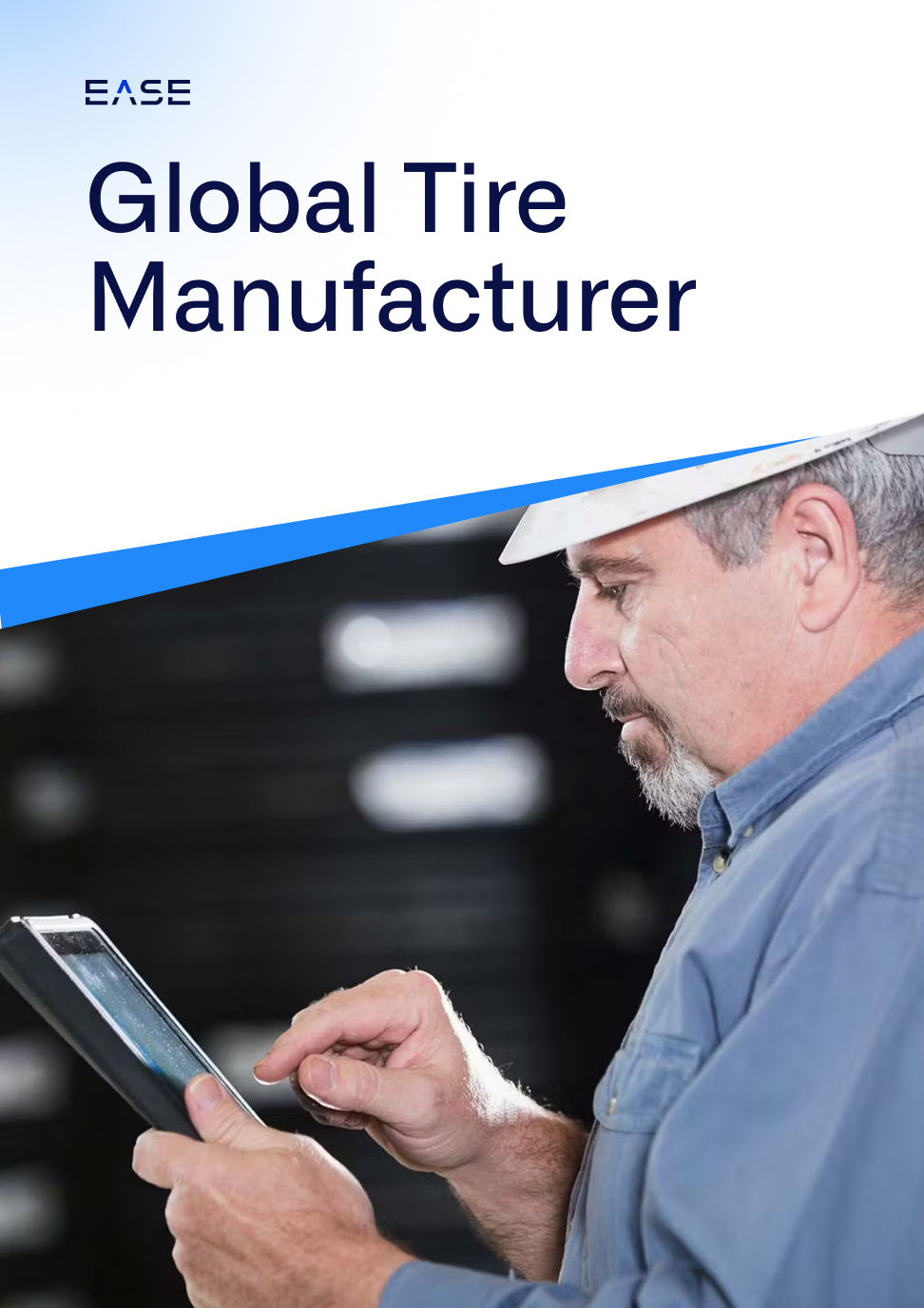4 Ways Paper and Excel LPAs Are Costing You Money

The majority of plants that conduct layered process audits start out with paper and Excel spreadsheets, and it’s not hard to see why. The cost of implementing a bare-bones program would appear next to nothing—that is, until you compare its true cost against digitization.
In fact, a closer look reveals that digitizing layered process audits (LPAs) avoids many of the costs associated with paper, while also delivering faster, more impactful results.
To see how, let’s look at some of the ways paper and Excel LPAs are costing your plant money, and how digital LPAs deliver a positive return on investment.
Download a free case study to learn how one automotive plant saves hours every week with LPA automation
1. Administrative Time
Depending on the size of the plant, LPA administration alone can require one to two full-time employees to manage. Tasks here involve:
- Scheduling audits
- Creating checklists
- Following up on audit completion
- Manually entering and analyzing findings
- Creating reports and sharing findings with the team
On top of the direct costs, there are also the opportunity costs of having employees devote time to administration-heavy tasks instead of other value-added projects.
Automated LPA software eliminates most of the labor costs of manual LPAs, allowing plants to schedule an entire year of audits with a few clicks. Checklist questions can be rotated and randomized as needed, with options to include various question types (e.g., safety, 5S, continuous improvement). Findings are automatically analyzed and report-ready at the finish of the audit, eliminating the need for spreadsheet analysis.
2. Corrective Action Costs
Manual LPAs create a lag between non-conformance identification and reporting, often resulting in longer corrective action closure times that cost plants money in terms of productivity and quality. More than just internal costs, corrective action costs can become astronomical should defective parts get shipped to the customer.
Problems here include:
- Multiple steps, handoffs and approvals required to fully address non-conformances
- Having to document and describe problems in words, as opposed to uploading audit photos with LPA software
- Lack of verification that fixes are working, allowing for repeat issues
Automated LPAs, by comparison, make it easy to document problems and findings, assign action items and track their completion. Adding in new questions to verify corrective actions is simple, helping ensure there’s no backsliding.
3. Cost of Quality
In addition to the cost it takes to run a paper and excel-based LPA program, companies also typically face higher costs of quality overall due to ineffectiveness. Pencil-whipping is common, reducing the validity of data collected and allowing problems to persist unidentified.
Static checklists make it hard to stay on top of emerging risks, since adding new questions means recalling old checklists, building new ones and redistributing to the plant floor. Infrequent updates to checklists mean less checking on corrective actions, also providing less coverage compared with question rotation and randomization using software.
Plants without an agile and responsive LPA system are likely to see higher defects, scrap and other quality costs, as well as lower customer satisfaction ratings. Compare this to an automated system, which demonstrates during customer audits a more organized, reliable approach to preventing production defects.
For example, one automotive plant was able to virtually eliminate a defect that had led to customer satisfaction issues, reducing quality costs by half. Another aerospace manufacturer achieved a reduction in internal PPM of 73%, reducing complaints more than 50%.
4. Hidden Factory Costs
More than just identifying errors that cause defects, LPAs are essential to standardizing processes, improving visibility and codifying institutional knowledge. However, if you’re doing LPAs with pen and paper, you’re likely missing out on opportunities to catch hidden factory issues, or hidden processes that impact efficiency, quality and safety.
For example, paper-based checklists often have generic questions that get applied to multiple work stations. “Is the operator wearing PPE?” is one common question, but a simple pass/fail doesn’t necessarily get to the root of the issue. Conditional questions available using LPA software let you add another item if the question fails, such as a pick-list response for “What type of PPE is the operator missing?”
This second example opens the door for more effective root cause analysis, possibly revealing important insights. Maybe the operator isn’t wearing the correct PPE because it isn’t available or in need of repair. LPA software lets you capture this information to provide more visibility into the root cause of nonconformances.
Going Digital Can Mean Big Savings
LPA software like EASE sharply reduces many of the costs of traditional pen-and-paper audits, including audit administration, corrective action costs and cost of poor quality. Just as important, preventing even one significant quality escape can more than pay for the implementation of an automated LPA platform.
In the end, digital LPAs close the gaps in many manual LPA programs, helping them achieve what they were designed to do: standardize processes, increase visibility and prevent defects.
